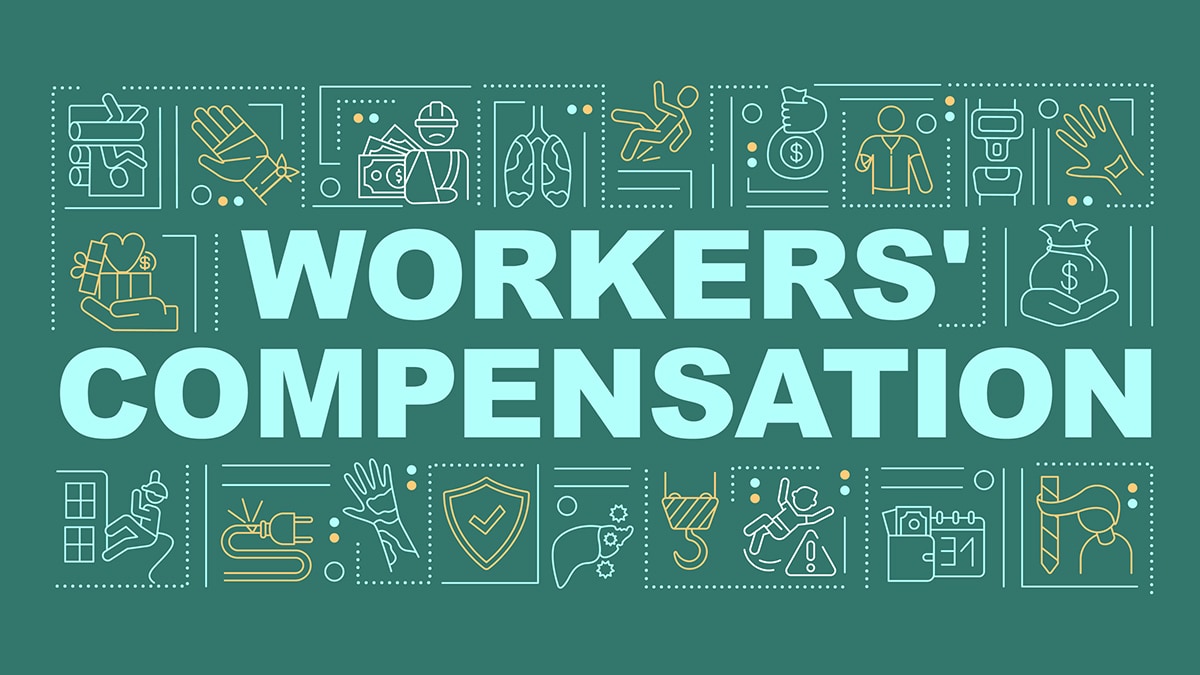Key points
- Workers’ compensation systems give protection to workers who are injured or become ill from their job.
- These systems also give employers incentives to reduce work-related injury and illness.
- These systems are governed by state law.

Overview
Workers’ compensation systems began as a way to give protection to workers who are injured or become ill from their job. They also give employers incentives to reduce work-related injury and illness. These systems are governed by state laws.
Most employers buy workers’ compensation insurance coverage through private insurers or state-certified compensation insurance funds. Larger employers may have the option to self-insure.
Types of workers' compensation data
Claims Information
Workers' compensation claims may be filed after a worker is injured or becomes ill due to their job. Claims include:
- The nature of injury/illness
- How the injury/illness occurred
- The type and cost of medical care received
- Cost of partial wage replacement
- The number of days off work
- Occupation, age, sex, time with employer, etc.
Employer Information
Insurers and employers collect data on:
- The types of hazards present in the workplace
- Safety/health programs and controls in place
- Return-to-work programs to reduce injury/illness severity
How it works
There is no central source for workers' compensation data in the United States. Each state collects some information for private industry, state, and local government employers.
The federal government maintains separate workers' compensation databases for federally-governed employers.
Organizations such as the National Council on Compensation Insurance (NCCI), and the Workers Compensation Research Institute also collect data in many states.
Standardized data coding systems are used in many states. NCCI and independent state rating bureaus have developed coding systems for industry risk classifications. The Workers' Compensation Insurance Organizations (WCIO) have developed a coding system for injury cause, nature, and part of body.
The International Association of Industrial Accident Boards and Commissions (IAIABC) has also developed standardized data coding and reporting systems used in many states.
